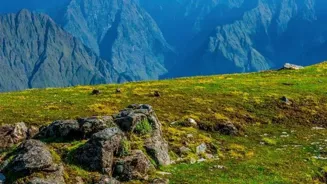Discover the hidden treasures of the Himalayas - from the elusive Snow Leopard to the majestic Himalayan Griffon Vulture. Learn about these incredible creatures and why they need our protection. Let's
delve into the world of Himalayan wildlife!
Breathtaking Himalayan Wildlife Species You Absolutely Need to Know About!

The Himalayas: a biodiversity hotspot with unique wildlife
The Himalayas, our crown jewel of India, is not just about snow-capped peaks and scenic beauty. It's a biodiversity hotspot, teeming with unique wildlife found nowhere else on Earth! From elusive snow leopards to colourful birds, the Himalayan range is home to some truly fascinating creatures.
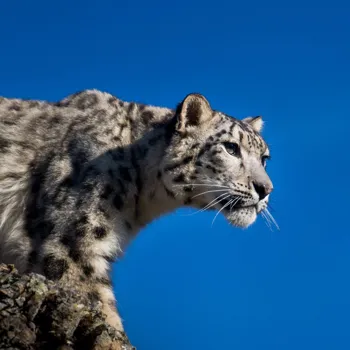
Let's take a dekko at nine such incredible species that you absolutely need to know about. These animals are a vital part of our natural heritage and deserve our respect and protection. Understanding them is the first step towards conserving their fragile habitats.
So, pack your bags mentally, and let's embark on a virtual safari!
Snow Leopard: Majestic, elusive cat of the Himalayas faces threats; conservation crucial
The first on our list is the Snow Leopard, fondly called the 'Ghost of the Mountains'. This majestic cat is perfectly adapted to survive in the harsh, high-altitude environment. With its thick fur, wide paws, and powerful legs, it can navigate the rocky terrain with ease.
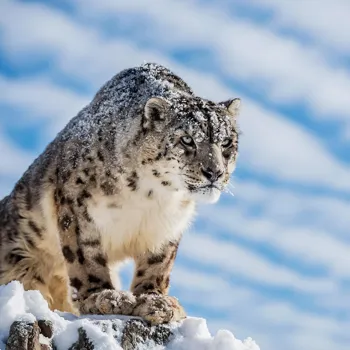
Spotting a snow leopard in the wild is a rare treat, as they are highly elusive and masterfully camouflaged. Sadly, their numbers are dwindling due to habitat loss and poaching. Conservation efforts are underway to protect these magnificent creatures and secure their future in the Himalayas.
The dense fur and strong body structure allows them to live in the harsh weather conditions.
Himalayan Brown Bears: vital omnivores facing threats
Next, we have the Himalayan Brown Bear, a close cousin of the European brown bear, but with distinct features. These bears are omnivores, feeding on everything from berries and roots to small animals.
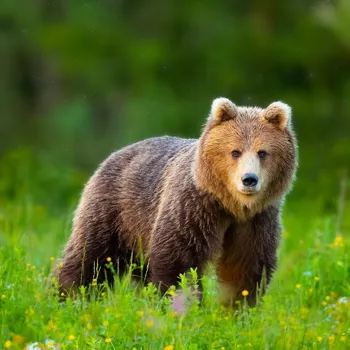
During the summer months, they roam the high-altitude meadows, fattening up for the long winter hibernation. Himalayan brown bears play an important role in the ecosystem by dispersing seeds and controlling populations of other animals.
However, they are also facing threats from habitat loss and conflict with humans. They can easily survive in the cold climatic conditions. They go into hibernation when the winter season approaches.
Conservation efforts for endangered Red Pandas in the Eastern Himalayas
The elusive Red Panda deserves a mention because of its cute and fluffy look and the rare existence that it has. These arboreal mammals spend most of their time in trees, feeding on bamboo and other vegetation. Red pandas are well-adapted to the cold, high-altitude forests of the Eastern Himalayas.

Like many other Himalayan species, red pandas are threatened by habitat loss and poaching. Conservation organizations are working to protect their habitat and raise awareness about the importance of red panda conservation.
Initiatives include community-based conservation programs that involve local people in protecting these adorable creatures.
Majestic Himalayan Monal pheasants face threats, need preservation
The majestic Himalayan Monal, a pheasant with a vibrant plumlage, are a sight to behold! The male is adorned with iridescent feathers in a rainbow of colours, making it a true showstopper. Himalayan Monals are found in the high-altitude forests and meadows of the Himalayas.

They feed on roots, tubers, and insects, using their strong beaks to dig in the soil. These beautiful birds are facing threats from habitat loss and hunting and they need to be preserved.
By safeguarding their home and reducing hunting activities, we can ensure that future generations can witness the beauty of the Himalayan Monal.
Musk deer face poaching threats due to valued musk glands
Moving on to another gem, the Musk Deer secretes musk from a gland, which is highly valued in traditional medicine and perfumery. This has made them a target for poachers, leading to a decline in their numbers.
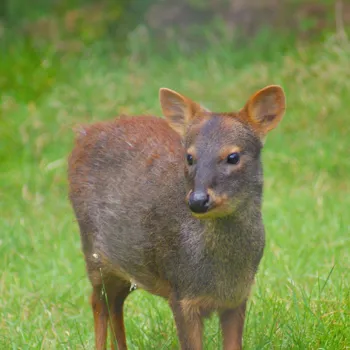
Conservation efforts are focused on protecting their habitat and curbing poaching activities. Musk deer are found in the forested areas of the Himalayas, where they browse on leaves, twigs, and moss.
The musk glands of Males are the main point of attraction that allows poachers to target this species. Preserving their habitat allows this species to breed and grow in number.
Bharal, the Himalayan Blue Sheep, thrives in harsh high-altitude Himalayan terrain
The Bharal, also known as the Himalayan Blue Sheep, is a hardy ungulate that thrives in the high-altitude grasslands and rocky slopes of the Himalayas. Their bluish-grey coat provides excellent camouflage against the rocky landscape.

Bharals are well-adapted to the harsh conditions of the high mountains, with their strong legs and hooves allowing them to navigate treacherous terrain. They are an important prey species for snow leopards and other predators.
The habitat conditions of the Himalayas allows this species to survive and grow. They feed on the grass that grows in the high altitude regions.
Himalayan Griffon Vultures crucial for ecosystem; conservation efforts ongoing
The Himalayan Griffon Vulture is important in nature, playing a vital role in the ecosystem by scavenging on carcasses. With a wingspan of up to 3 meters, they are an majestic sight in the Himalayan skies.
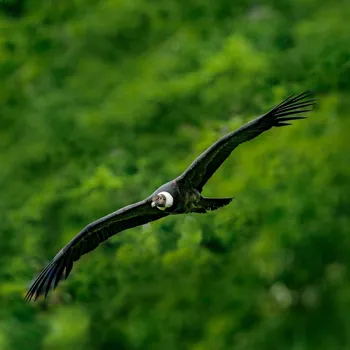
These vultures help prevent the spread of disease by removing dead animals from the environment. Unfortunately, like other vulture species in India, Himalayan Griffon Vultures have suffered from poisoning due to the use of diclofenac, a veterinary drug that is toxic to vultures.
Conservation efforts are underway to protect these birds and ensure that they continue to play their crucial role in the Himalayan ecosystem.
The Takin: Bhutan's national animal facing conservation challenges
The Takin, the national animal of Bhutan, is a goat-antelope found in the Eastern Himalayas. These animals are known for their stocky build, thick coat, and unusual appearance. Takins live in the high-altitude forests and meadows, feeding on leaves, shoots, and herbs.
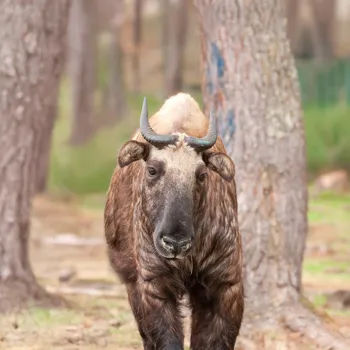
They are well-adapted to the cold, wet conditions of the Eastern Himalayas. Takins are facing threats from habitat loss and hunting. Conservation efforts are focused on protecting their habitat and raising awareness about the importance of Takin conservation.
Measures are being taken to preserve the wild conditions for this animal to grow.
Conservation efforts save Tibetan Black-necked Cranes
The Black-necked Crane is revered in Tibetan Buddhism and is considered a symbol of good luck and prosperity. These graceful birds migrate to the high-altitude wetlands of the Himalayas during the summer months to breed. Black-necked Cranes are facing threats from habitat loss and disturbance.
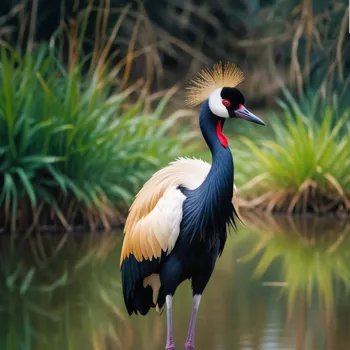
Conservation efforts are focused on protecting their breeding grounds and raising awareness among local communities about the importance of crane conservation. Community-based conservation programs are helping to protect these majestic birds and their fragile habitats.
AI Generated Content. Glance/InMobi shall have no liability for the content